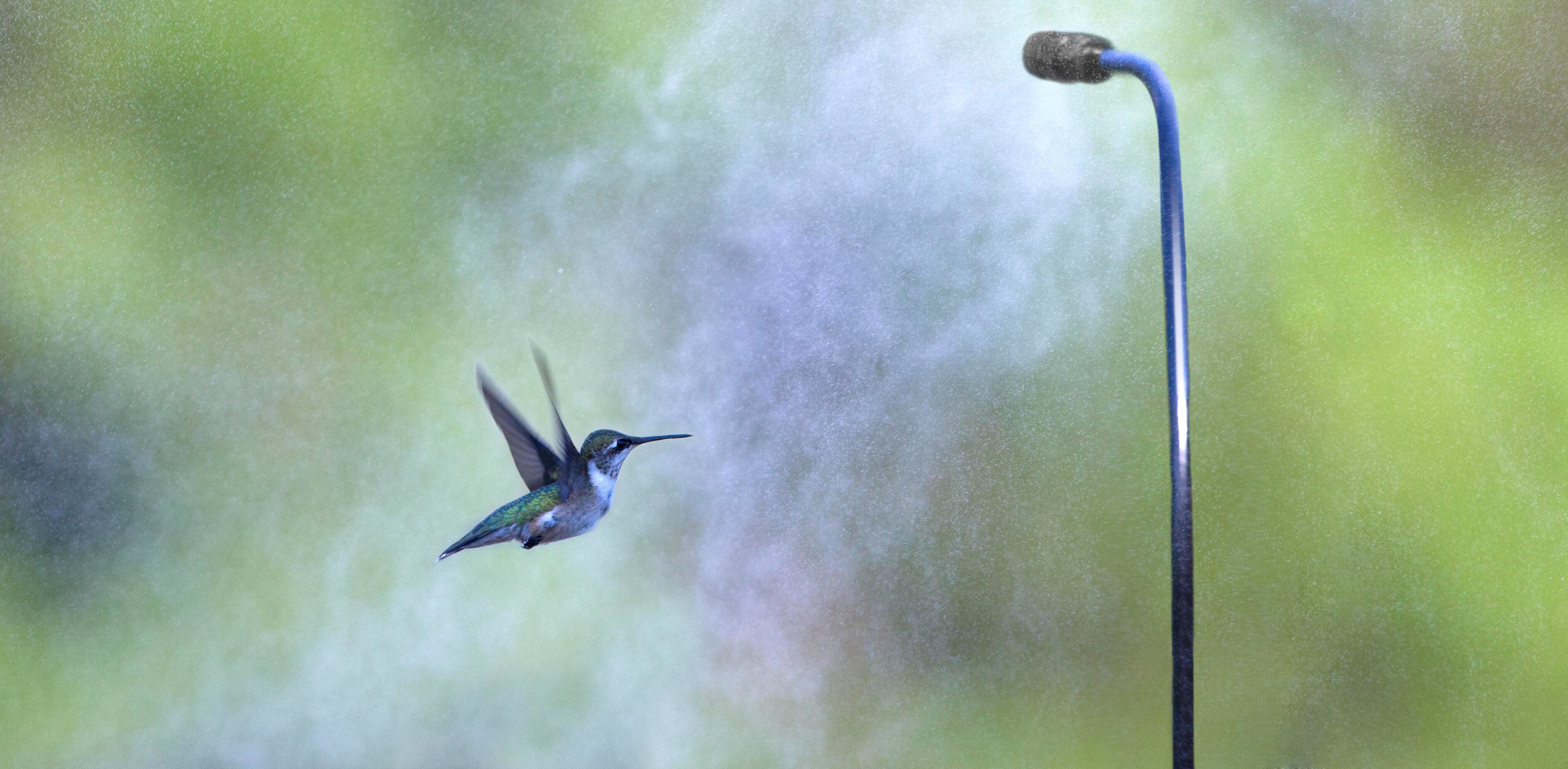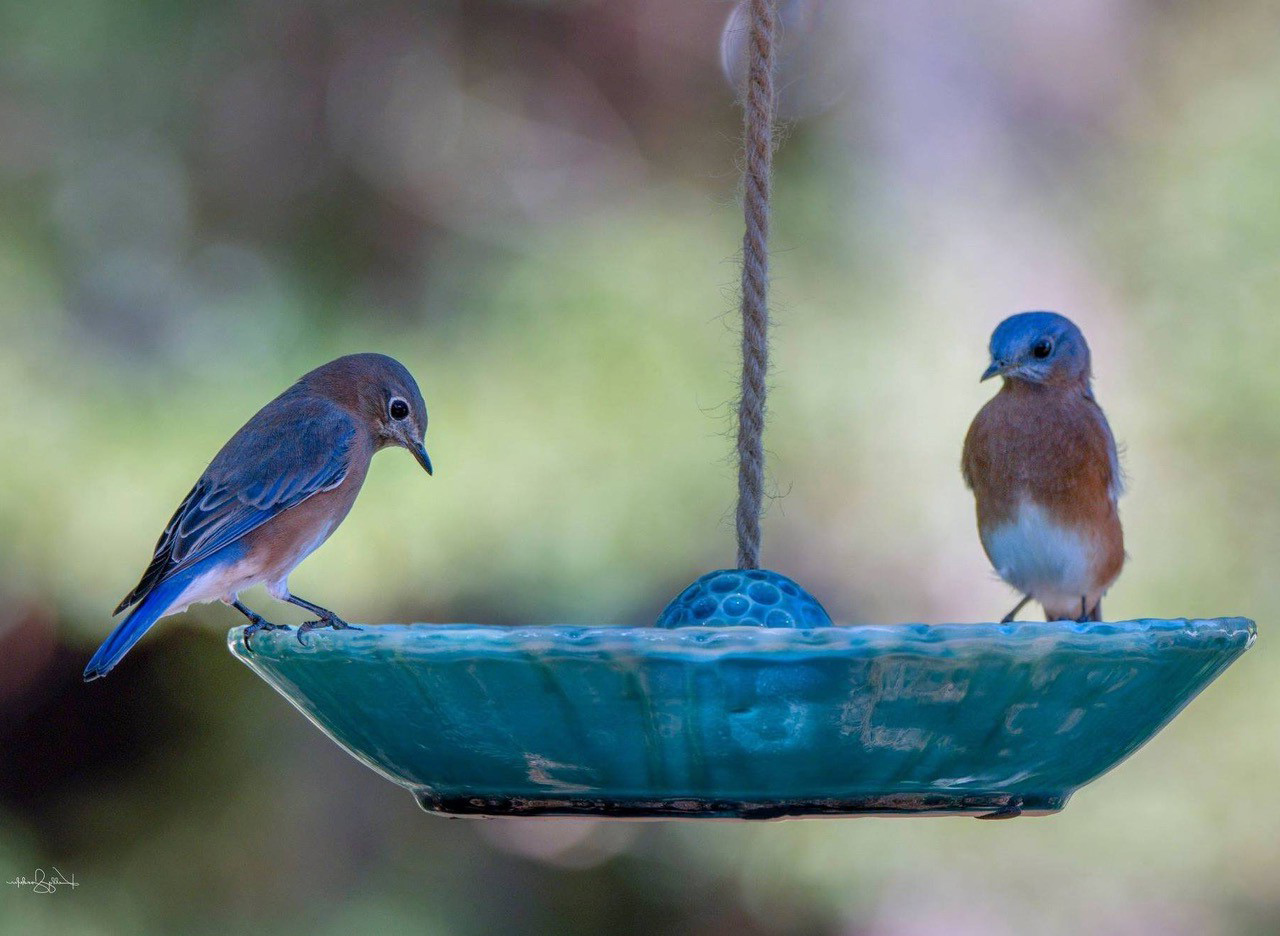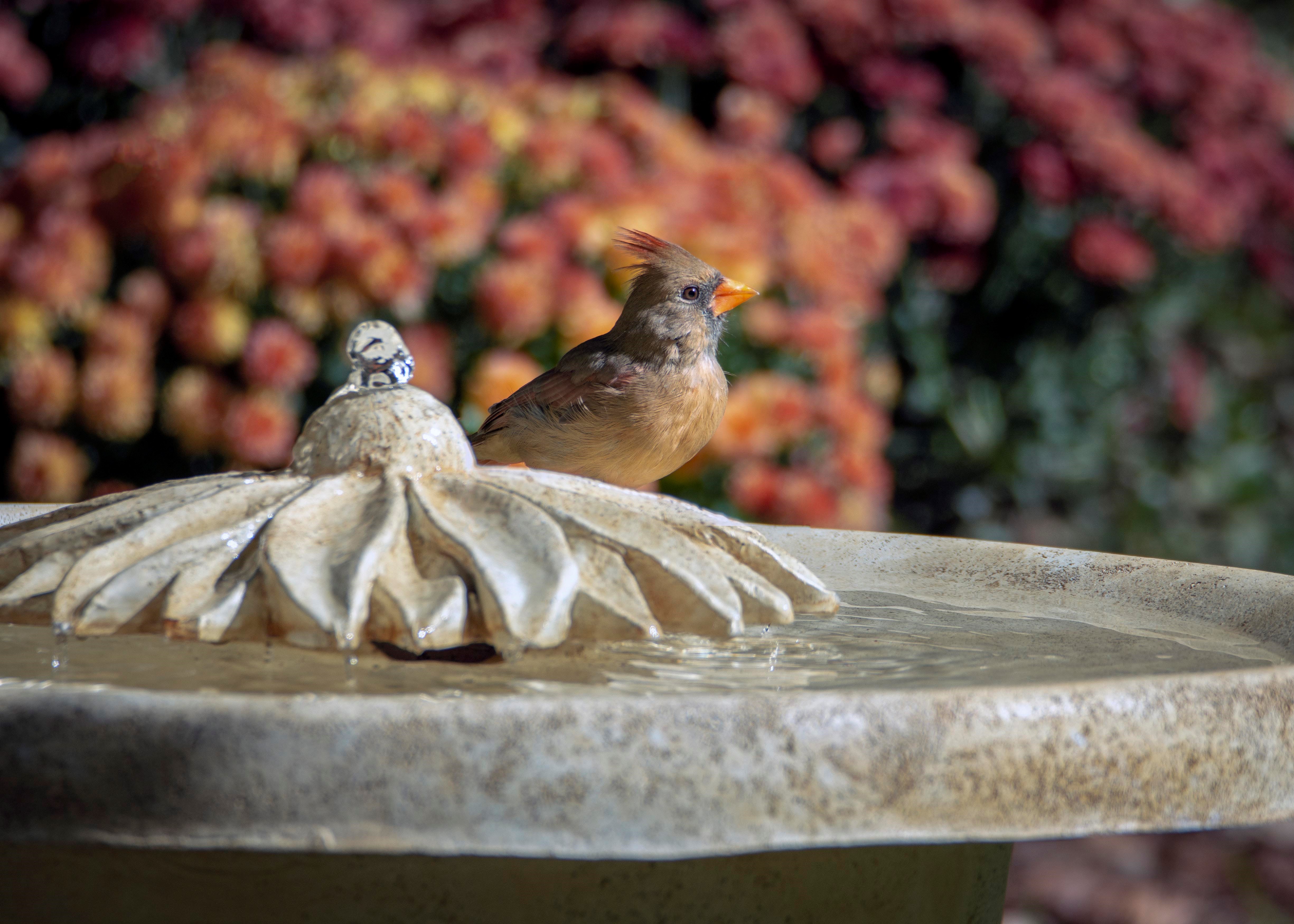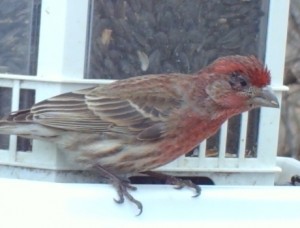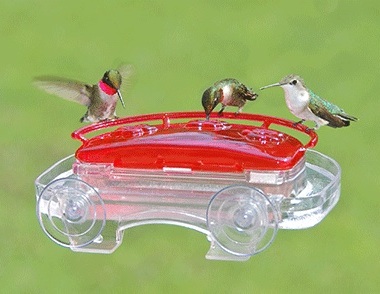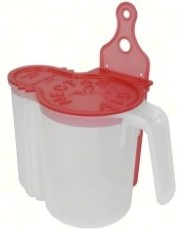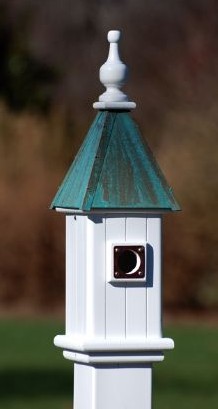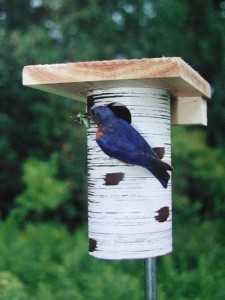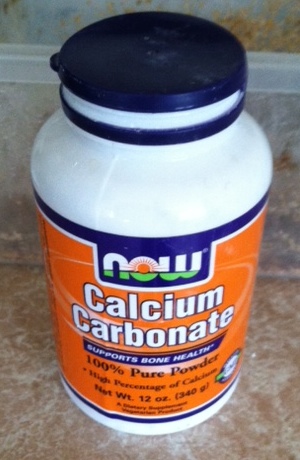-
To the Sad Little Friend on the Bird Feeder Bracket
You don’t look well little finch, so sorry but I can’t feed you anymore 🙁
Every garden pole and bird feeder bracket now sit empty, except for the single bird perched there wondering “what’s happened to my food?”
The best intentions: Down, all of the feeders have been removed in hopes of population disbursement, encouraging the birds to move on. To an avid backyard birder this is heart-wrenching, especially during nesting season and migration. Disease has been confirmed and is being spread through feeders. Even the cleanest set-up won’t stop the spread of salmonella, respiratory, or air-born diseases in birds once its taken hold. Bleached and sparkly clean feeders mean nothing since it takes only one infected bird to start the cycle again.
Safety’s not always in numbers: Finches and pine siskins tend to travel and congregate in large groups. Even though there’s ample feeding stations to accommodate them, they’re more susceptible to the spread of respiratory disease or bacterial infection when large groups feed together.
Course of action: Obligated to do the right thing because attracting birds with feeders brings with it a responsibility to those birds. First and foremost is to remove all feeders. The USGS National Wildlife Health Center lists 4 diseases and 8 precautionary steps to keep disease at bay. It will be about two weeks before the feeders are placed for use again. The ground’s been raked clean, and feeders will be sanitized with 10% bleach solution.
The sight of a sickly bird is fairly obvious if you notice the signs. Lethargic and almost easy to catch, ruffled, unkept feathers, puffed out and sometimes shaking (even though it’s not cold), and swollen eyes or eyelids. They have trouble eating and fly slowly. Upon seeing a dead pine siskin with no signs of trauma last week, the thought of disease had entered my mind. Another the next day, and then a dead goldfinch in full summer breeding plumage confirmed the realization that I’m not helping the birds… but rather killing them 🙁
So now, I’m not sure who’s more upset? The frantic cardinals perching on empty poles and feeder brackets, the confused nuthatches and chickadees who are nesting and already have clutches, or myself, the one responsible for creating the mess? Woe is me, and what a rotten way to start the week 🙁
-
What’s Really in Your Window Hummingbird Feeder?
Got a new window hummingbird feeder? Please fill it with the good stuff… read on:
One of the biggest myths about feeding hummingbirds is their food needs to be red. That one, along with leaving feeders up in fall will deter the birds from migrating. Neither are true, and the former may actually be hazardous to the tiny sprite’s health. Although no formal studies have been done to prove red dye #40 is not safe for hummingbirds… none have been conducted to say that it’s safe either!
Confirmed in Julie’s Zick’s recent blog post (yeah… she’s an expert) she’s got an interesting view on the subject: http://juliezickefoose.blogspot.com/2015/04/red-alert-for-hummingbirds.html
We’ve been encouraging folks to make their own nectar for years. Not only extremely economical, we believe hummingbirds prefer the home made solution over commercial mixes. 1 cup of sugar to 4 cups of water… it couldn’t be simpler!
Should you have any doubts or fears upon taking this leap from store-bought to home made, check out the new Nectar Aid. It’s the absolute easiest (and foolproof) way to make your own hummingbird or oriole nectar. Measure, mix and store it using one container, even the stirrer’s included!
Check out the demo video below, then watch some tiny sprites in action at this fun window hummingbird feeder!
-
Vinyl Bluebird Houses that Rock and Secret Sauce for Blues!
‘Tis the season, bluebirds are busy claiming territory, finding mates and already nesting in many parts of the country. Because they typically have 2-3 broods per season, it’s not too late to entice them to your place with quality bluebird houses.
Open spaces best suit blues, with places to perch and swoop up insects. They’ll perch on lower limbs of nearby trees, on top of birdhouses, and even on feeder poles. Not only to hunt prey, but to keep a watchful eye over their box and nestlings as well. They’re such tentative parents, with mom & dad’s teamwork accounting for successful fledges!
Vinyl bluebird houses rock because they’ll never deteriorate like wood. The light color is better for late summer scorching temperatures too. This copper roof bluebird house is complete with predator guard and removable roof for easy nest clean-out. It mounts on a standard 4×4 post… no tools required!
The Gilbertson nest Box is also mighty popular among blues. Vinyl with a birch appearance, it’s a great design if you’re up for monitoring nests (recommended). Be polite and always knock first (well, tap) before checking nests!
The secret sauce? In an attempt to bring bluebirds to our yards, and after exhausting all other food treats to lure them, many folks finally resort to offering live mealworms. They do the trick! But what soon happens with many bird addicts (like any addiction) is we’re feeding too many worms and the bird’s diet is skewed.
Extremely high in protein, too many worms can cause problems for female blues during nesting season. Something called egg bound, where she becomes unable to pass/lay her egg. It’s fatal most times, and really sad when seasoned bluebird monitors discover this. It can and does happen in the wild without gorging on meal worms too.
So if you’ve got the bluebird itch and find yourself feeding lots of worms during nesting season, this supplement helps lower the chance of females becoming egg-bound. Calcium carbonate powder is widely available online, or maybe at your local health and nutrition store.
Just a little in the container with a few shakes & swirls to lightly dust worms is perfect. Doesn’t that sound yummy? 🙂 It also helps other females during nesting season should they be partaking (or stealing) your mealies!
Hummingbird Feeders
about feeders & accessories

